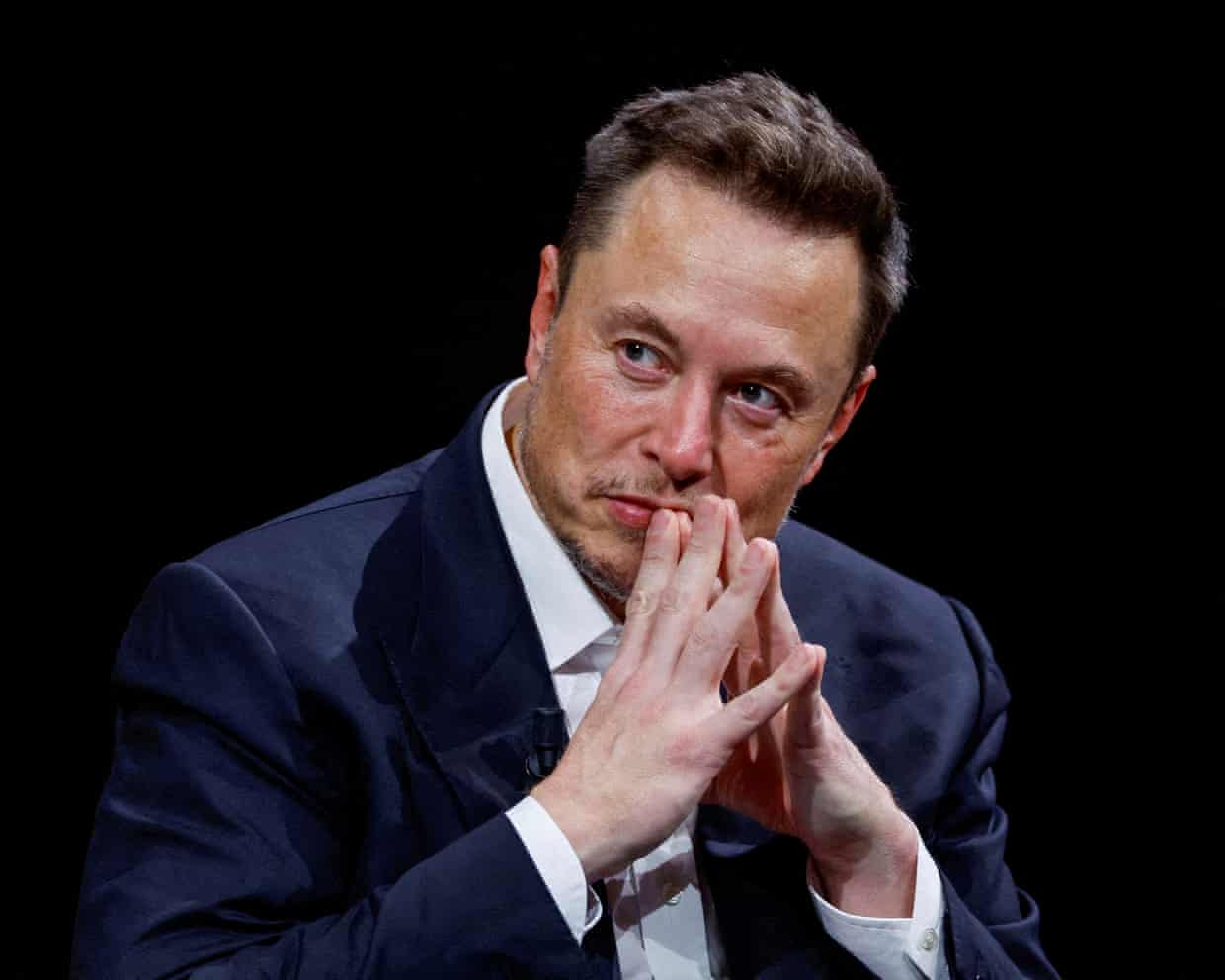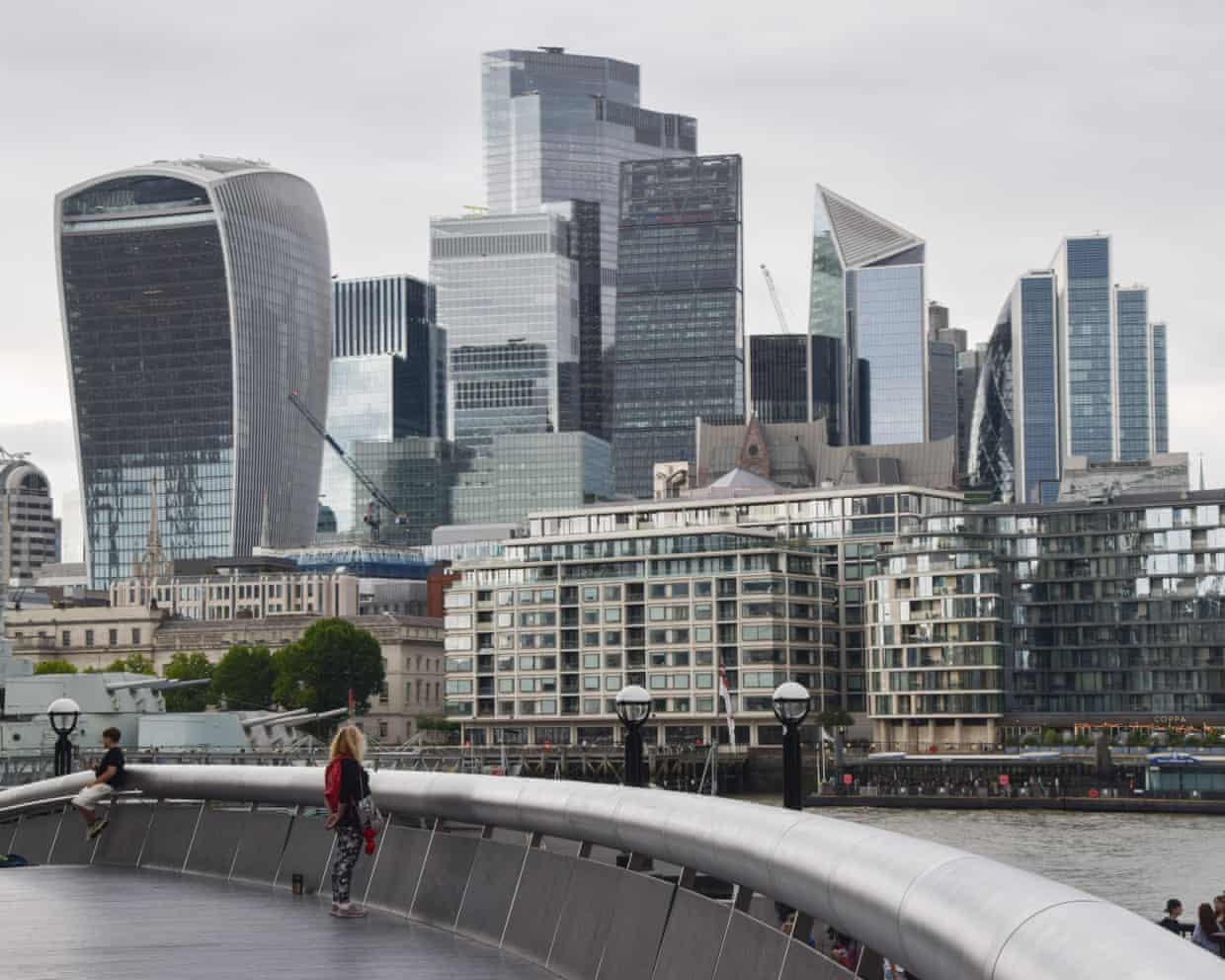NEWS NOT FOUND

‘Undermines free speech’: Labour MP hits back at US government over visa ban on UK campaigners
A senior Labour MP has accused the Trump administration of undermining free speech after Marco Rubio, the US secretary of state, announced sanctions against two British anti-disinformation campaigners.Chi Onwurah, the chair of parliament’s technology select committee, criticised the US government hours after it announced “visa-related” sanctions against five Europeans, including Imran Ahmed and Clare Melford.Ahmed leads the Center for Countering Digital Hate (CCDH), while Melford is chief executive of the Global Disinformation Index (GDI), both of which have clashed directly with Elon Musk, the owner of X and a former adviser to the US president.Onwurah said on Wednesday: “Banning people because you disagree with what they say undermines the free speech the administration claims to seek.“We desperately need a wide ranging debate on whether and how social media should be regulated in the interests of the people

Visa ban for European critics of online harm is first shot in US free speech war
For Maga politicians, European tech regulation hits hard in two areas: at the economic interests of Silicon Valley and at their view of free speech.The action against five Europeans who are taking on harmful content and the platforms that host it has had an inevitable feel to it, given the increasingly vociferous reactions to the EU’s Digital Services Act (DSA) and the UK’s Online Safety Act (OSA). Both pieces of legislation require social media firms to protect users or face the threat of sizeable fines. Indeed, Elon Musk’s X has been fined €120m (£105m) this month for breaching the DSA.These acts are prime examples of what US Republicans see as an anti-free speech culture on the other side of the Atlantic

European leaders condemn US visa bans as row over ‘censorship’ escalates
European leaders including Emmanuel Macron have accused Washington of “coercion and intimidation”, after the US imposed a visa ban on five prominent European figures who have been at heart of the campaign to introduce laws regulating American tech companies.The visa bans were imposed on Tuesday on Thierry Breton, the former EU commissioner and one of the architects of the bloc’s Digital Services Act (DSA), and four anti-disinformation campaigners, including two in Germany and two in the UK.The other individuals targeted were Imran Ahmed, the British chief executive of the US-based Center for Countering Digital Hate; Anna-Lena von Hodenberg and Josephine Ballon of the German non-profit HateAid; and Clare Melford, co-founder of the Global Disinformation Index.Justifying the visa bans, the US secretary of state, Marco Rubio, wrote on X: “For far too long, ideologues in Europe have led organised efforts to coerce American platforms to punish American viewpoints they oppose. The Trump administration will no longer tolerate these egregious acts of extraterritorial censorship

‘A gamechanger’: 200,000 UK small businesses sign up to TikTok Shop
It is better known for its viral dances and for making hits out of forgotten songs, but the social media site TikTok is becoming a force to be reckoned with as a shopping platform.Major retailers such as Marks & Spencer, Samsung, QVC, Clarks, and Sainsbury’s are now selling their wares on the site’s e-commerce service, TikTok Shop, alongside more than 200,000 UK small and medium businesses.Launched in Britain in 2021, TikTok Shop recorded its biggest sales day in the UK on Black Friday, with 27 items sold every second. Across the Black Friday and Cyber Monday period, sales were up by 50% on last year.The service works by letting brands sell directly inside TikTok through videos and livestreams with embedded links to items for sale, as well as through a separate shop tab on their profiles

Former EU commissioner and activists barred from US in attack on European tech regulators
The state department has barred five Europeans from the US, accusing them of leading efforts to pressure tech firms to censor or suppress American viewpoints, in the latest attack on European regulations that target hate speech and misinformation.Secretary of state Marco Rubio said the five people targeted with visa bans – who include former European Commissioner Thierry Breton – have led “organized efforts to coerce American platforms to censor, demonetize, and suppress American viewpoints they oppose.”“These radical activists and weaponized NGOs have advanced censorship crackdowns by foreign states – in each case targeting American speakers and American companies,” Rubio said in an announcement.In recent months, Trump officials have ordered US diplomats to build opposition to the European Union’s landmark Digital Services Act (DSA), which is intended to combat hateful speech, misinformation and disinformation, but which Washington says stifles free speech and imposes costs on US tech companies.Late on Tuesday night, Breton posted on social media: “Is McCarthy’s witch hunt back?”Tuesday’s move is part of a Trump administration campaign against foreign influence over online speech, using immigration law rather than platform regulations or sanctions

Elon Musk, AI and the antichrist: the biggest tech stories of 2025
Hello, and welcome to TechScape. I’m your host, Blake Montgomery, wishing you a happy and healthy end of the year. I myself have a cold.Today, we are looking back at the biggest stories in tech of 2025 – Elon Musk’s political rise, burst and fall; artificial intelligence’s subsumption of the global economy, all other technology, and even the Earth’s topography; Australia’s remarkable social media ban; the tech industry’s new Trumpian politics; and, as a treat, a glimpse of the apocalypse offered by one of Silicon Valley’s savviest and strangest billionaires.At the close of 2024, I wrote that Elon Musk’s support of Donald Trump had made him the world’s most powerful unelected man

VIP viewing: cinemas bet on luxury bars and beds to usher in a new film era

Sustainable aviation fuel take-up in UK unlikely to hit 2025 target, data suggests

Renewed zeal for Boxing Day sales expected to ring up £3.8bn for retailers

End of shareholder revolt register ‘will help UK firms bury pay controversies’

‘Nostalgic and calming’: lava lamps are groovy again as sales glow

Security bosses warn of rise in UK building site thefts by organised crime